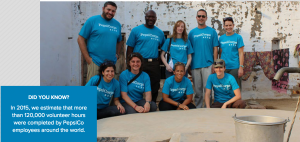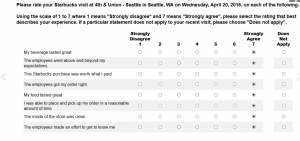Sometimes we look at a well-rounded business—innovative, possesses a broad consumer base, grounded in its mission—and wonder how they fail when moved to a new country. But even the Titanic was sinkable when it ventured through the unpredictable, reaching an iceberg that its engineers did not account for. Corporations are these large ships moving through a macro environment which hurls storms, icebergs, and in general, adversities in its way. Put into context, these adversities have much to do with the political, economic, and social differences that are difficult to grasp for foreign businesses.
Online car transportation giant Uber has made the decision to sell its business in China to its Chinese equivalent, Didi Chuxing. Through a political lens, China has always taken the extra step to block out or minimize the influence of foreign businesses in their country. This is nothing new in particular, as Silicon Valley’s established tech firms, such as Google, Apple, and Facebook, have all been victims to the country’s strict policies. Back in April of 2016, China shut down Apple’s iTunes movie streaming services, as well as iBooks, both of which are some of Apple’s greatest platforms. The well-reputed eBay has also lost to its Chinese equivalent of e-commerce Alibaba’s Taobao, and was eventually forced out of the market entirely.

Didi Chuxing kiosk in Shanghai
Uber has learned its lesson from its predecessors, that business in China has much to do with “bending” in conjunction with the government, or else it would be likely that they will “break,” and evaporate from the Chinese market. No doubt Didi Chuxing has the majority of the Chinese market share, so if Uber did hold its ground in China, and continued to compete for the market leader position, it would either have no reciprocated response from its consumers (because Chinese consumers have gradually become more nationalist in their service selection), or the government might lever more burdensome regulations on Uber, as we have seen in the past. When laid out in this way, it seems Uber has made the right decision to sell its Chinese business to Didi Chuxing, though ending its plans for global dominance along the way. But it has, in the very least, saved itself from being plucked out of China, and with its new partnership with a native business from China, Uber has actually won itself a very valuable mentorship opportunity. As Tim Bajarin, president of Creative Strategies, puts it, “China is a very different type of culture, and from a governmental standpoint, it’s a much more closed approach to business.” At second glance, Uber has actually mitigated its political threats (and the economic threats that come with it), and social/cultural concerns through this partnership with Didi Chuxing.
Word Count: 448





